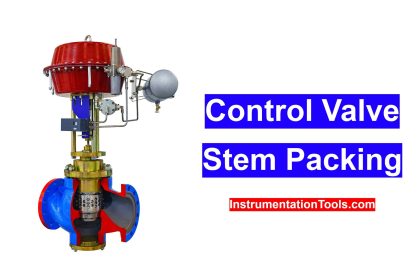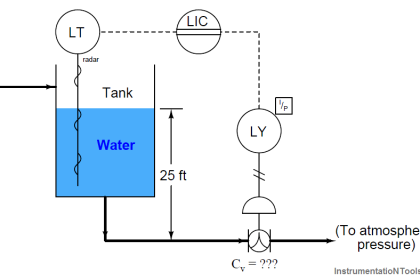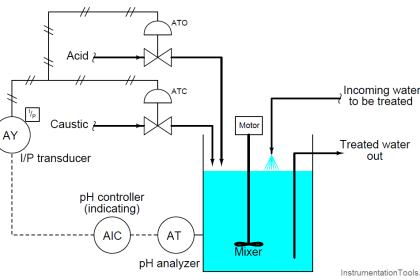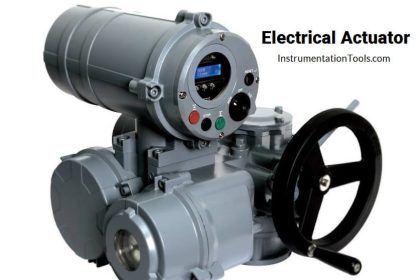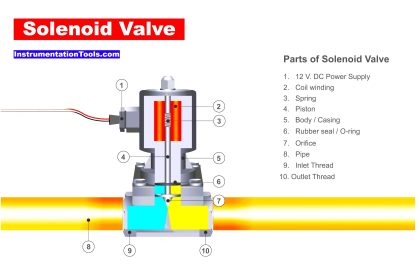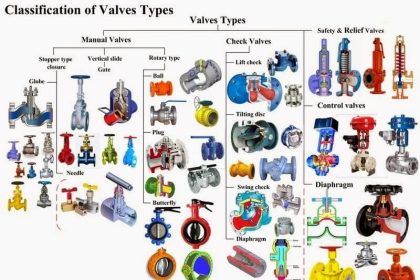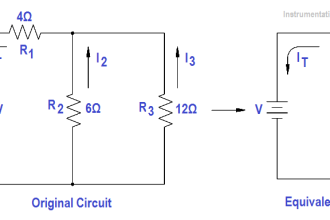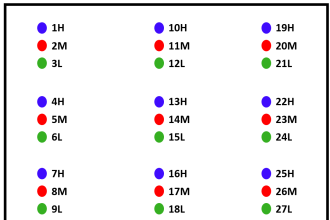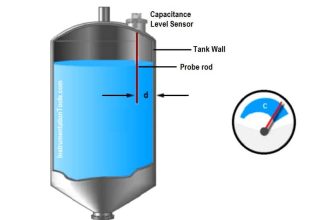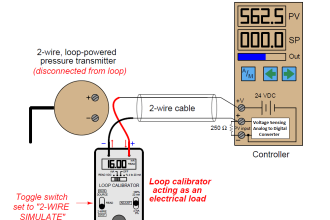In this article, we will learn about the procedure for hydro testing of a choke valve with a Haskel pump in the oil and gas industries.
The choke valves are used to control the flow of fluids coming from the wells in oil & gas industries.
Here we use a high-pressure “Haskel Pump” for hydro testing the choke valve. This pump operates with the help of instrument air. The Haskel pump needs an instrument air as input and generates high-pressure hydraulic output. The pump output pressure depends on the value of input instrument air. The Haskel pumps are commonly used in wellhead control panels (WHCP) in the oil and gas industries.
Tools & Tackles
- Ring spanner – 55 : 2no’s (stud bolts at reducer assembly)
2. Ring spanner – 46 : 2no’s (stud bolts at reducer & blind assembly)
3. Ring spanner – 1” (for choke valve actuator disassembly)
4. Brass hammer – 1no.
5. Big adjustable – 1no.
6. Chain block -1 Tonne or above.
Fittings Required
1. ¾” F to 3/8” F and ¾”M to ¾”M auto clave fitting for connecting high-pressure hose to connect choke valve inlet side (or) ¾” NPT(M) to 3/8” NPT(F) high-pressure fittings
Instruments Required
- High pressure (20,000 PSI) Haskel pump
2. High pressure (15,000 PSI) gauge with 3/8” F fitting.
3. ½”AFR with a hose for Haskel pump input supply
4. ¾” hose for inlet water supply
5. 3/8” high-pressure hose for connecting choke valve with inlet supply.
Manpower Required
1. Master flow vendor.
2. Instrument engineer for coordinating and doing job with vendor support.
3. Instrument technicians (2 No’s) for assisting the job
4. Roustabouts (4 Nos) for assembling & disassembling stud bolts, lifting valve & providing chain block.
Choke Valve Hydro-test Setup
The below images shows the hydro test setup for the choke valve with the Haskel pump.
Assembly Setup
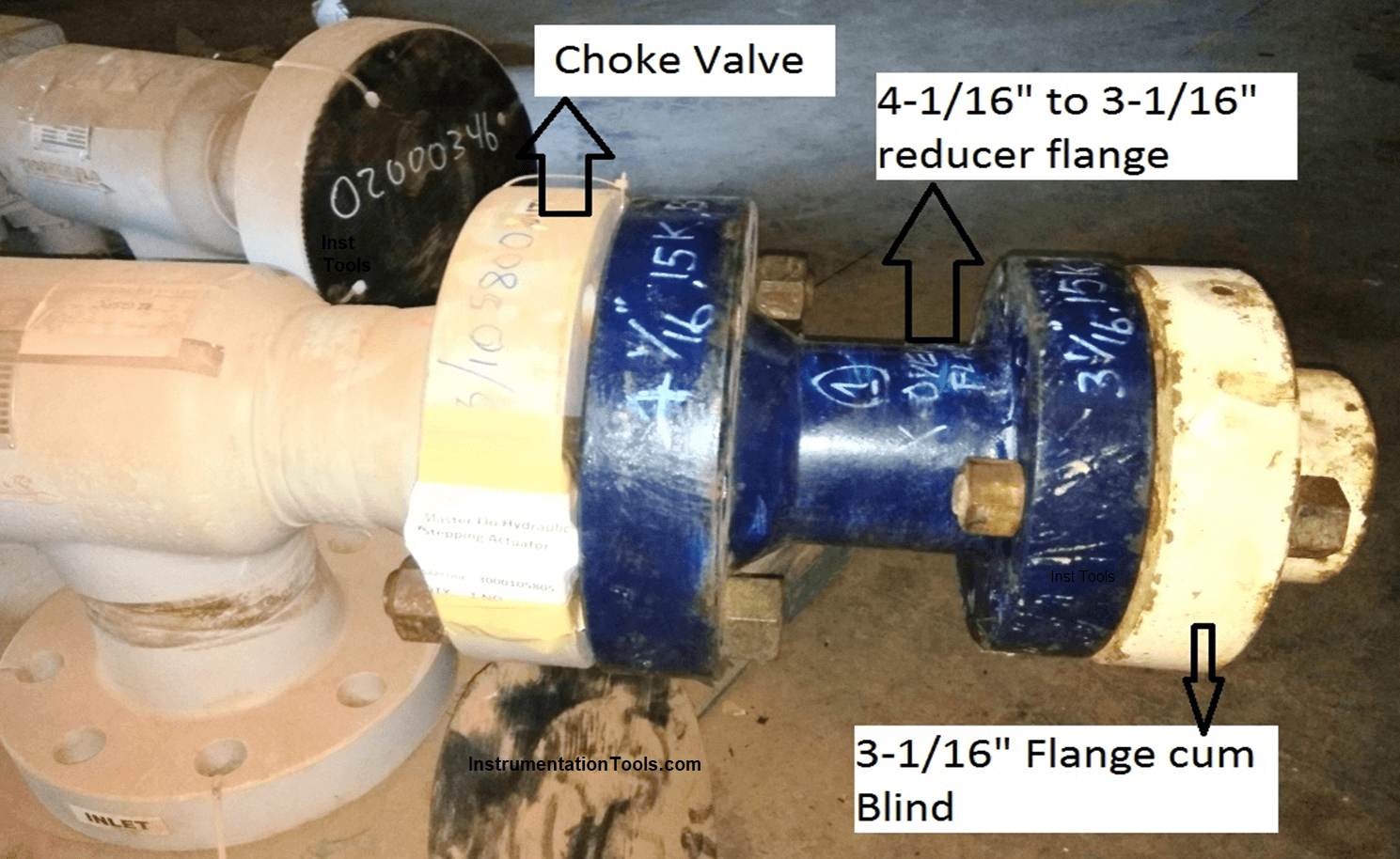
Choke Valve Inlet Side Assembly
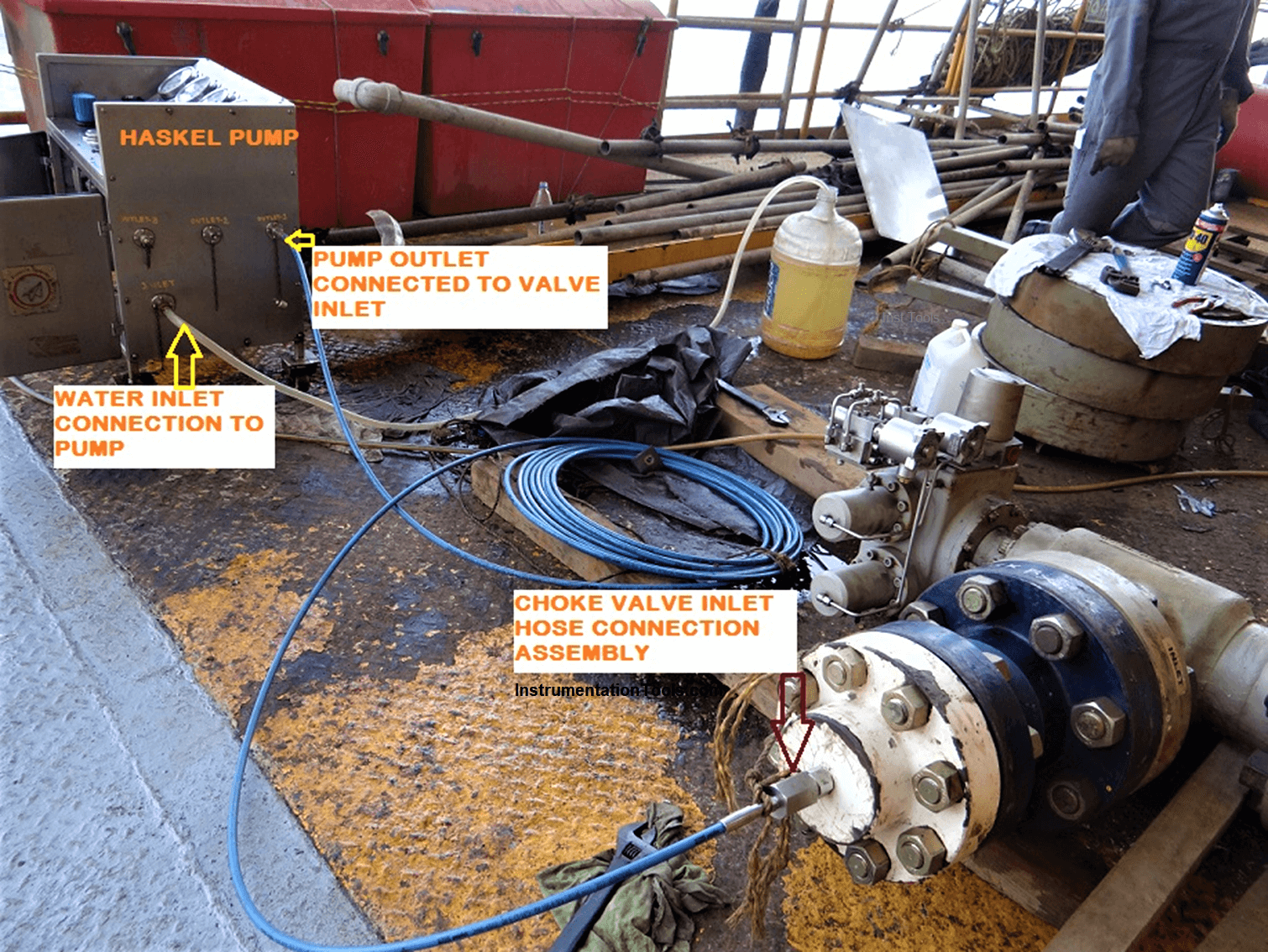
Choke Valve Outlet Side Assembly
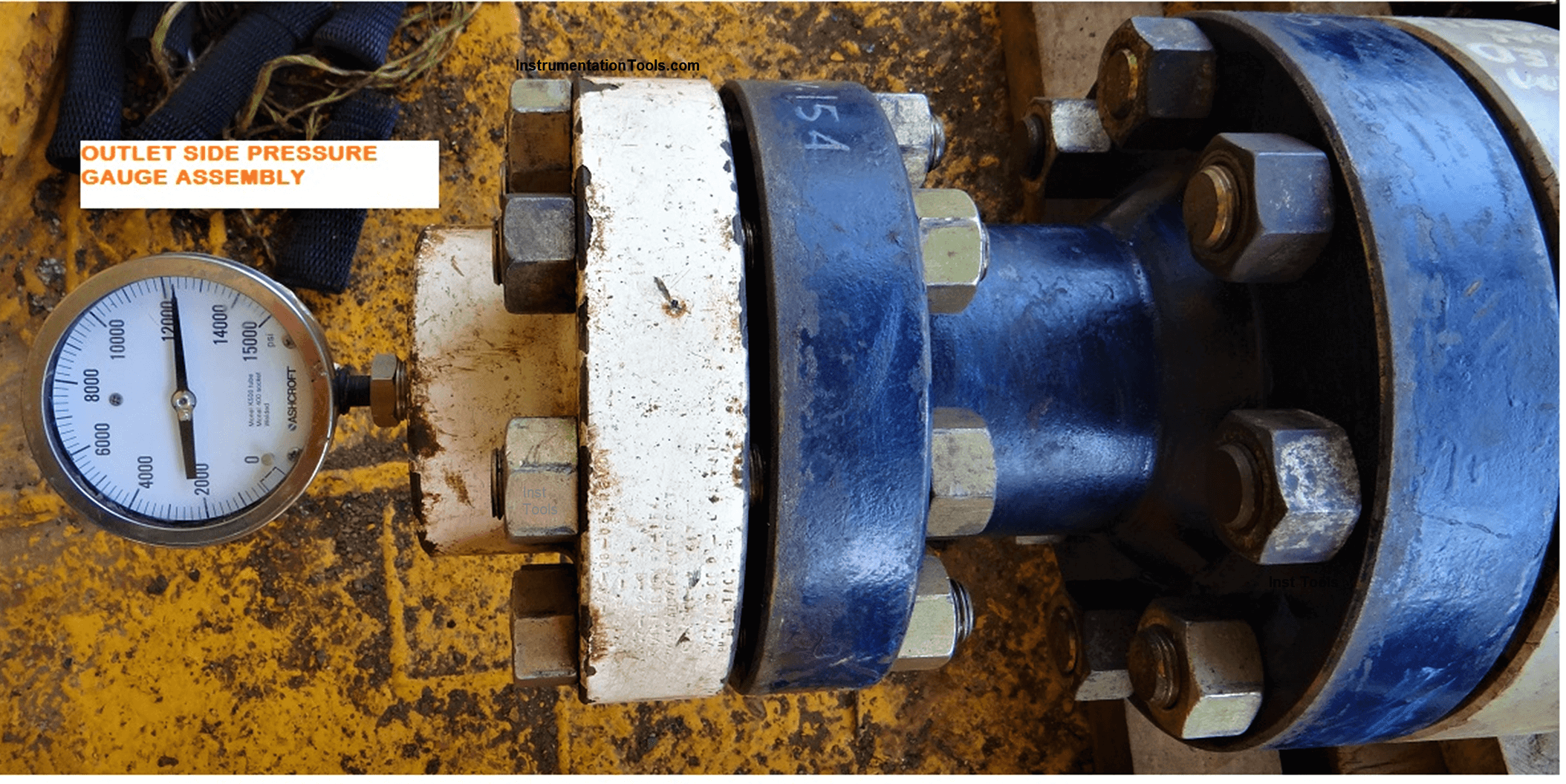
Haskel Pump Setup Drawing
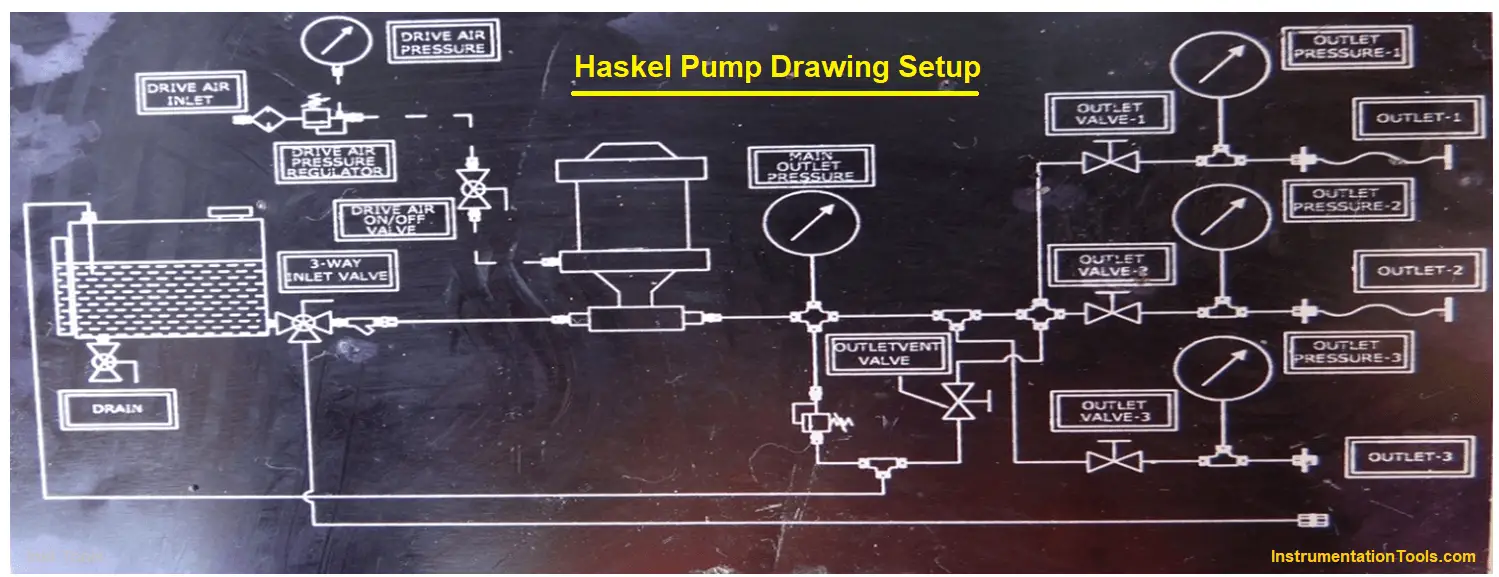
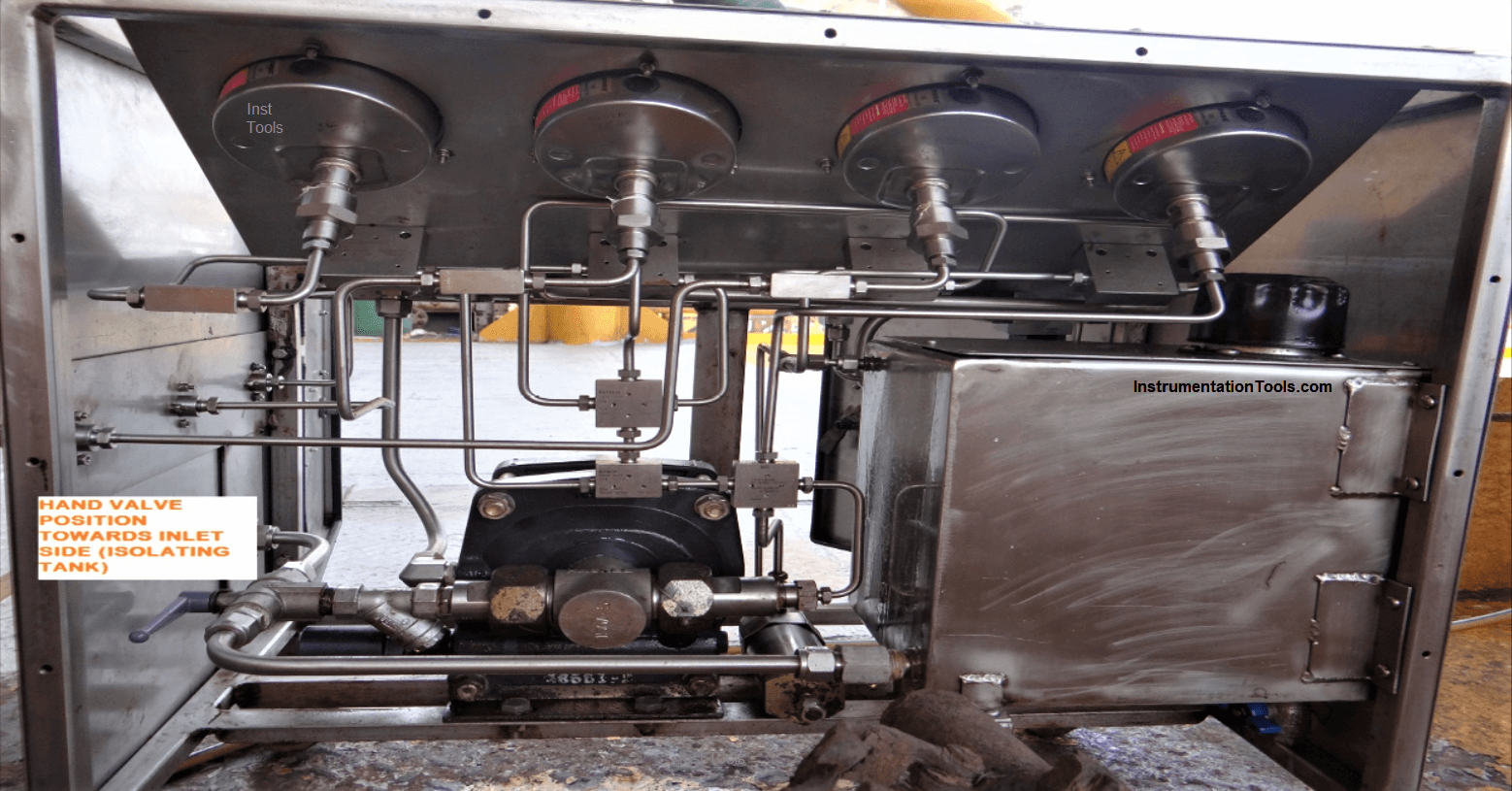
Choke Valve Hydro Testing Procedure
The below-mentioned steps describe the detailed procedure for hydro testing of Choke Valve in an offline safe area in the offshore platform (oil and gas).
Take the proper work permit and inform about the activities to the control room.
1. Prepare the area for hydro testing.
2. Barricade the area and notify hydro test is in progress.
3. Connect the 15000lb. Class spool assembly with threaded entry blind flange in the inlet and blind flange in the outlet.
4. Connect Haskel pump set up in the inlet of the choke valve.
5. Connect a 15000 PSI pressure gauge at the outlet of the choke valve.
6. Keep choke valve in the fully open position by rotating manual override stem.
7. Allow water into the valve body and start pressurizing slowly by throttling Haskel pump discharge pressure.
8. Isolate Haskel pump after reaching 15000psi pressure in the choke valve body and observe the performance for 15 mins.
9. Depressurise the valve body and remove all connections.
Author: Pardha Dharmaraju
If you liked this article, then please subscribe to our YouTube Channel for Instrumentation, Electrical, PLC, and SCADA video tutorials.
You can also follow us on Facebook and Twitter to receive daily updates.
Read Next:
